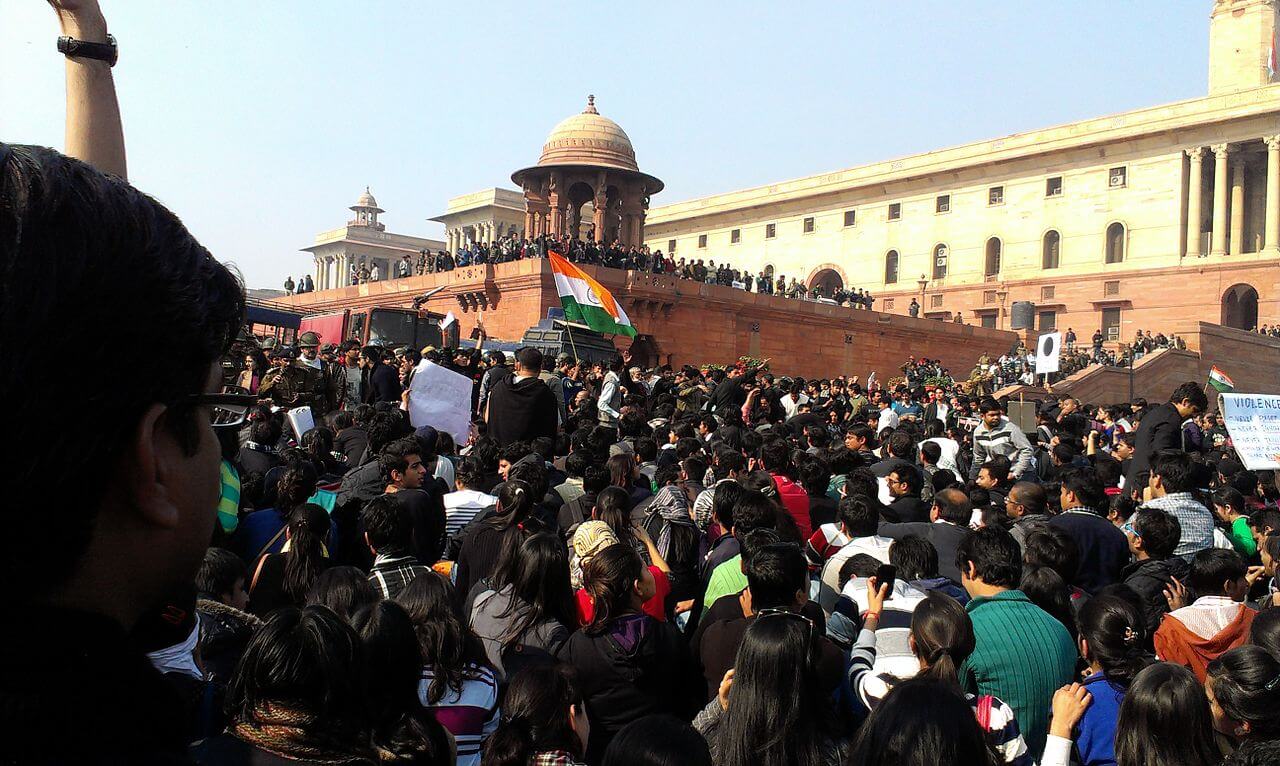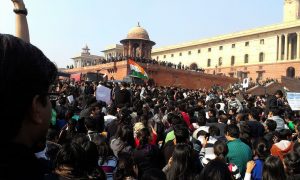
The brutal rape and mutilation of a 5-year-old girl in Delhi last week has sparked fierce protests reminiscent of the national outrage invoked by the December 2012 gang-rape of a student, also in Delhi. Very quickly political parties have joined these protests to demand swift ‘justice’. Late last year, the government moved quickly to establish the Justice J.S. Verma Committee, which recommended substantive reform of India’s law relating to sexual violence. Parliament enacted the Criminal Law Amendment Act, 2013 less than 50 days after the December incident. While substantive legislative reform is no magic wand, this month’s incident has provoked demands for further legal reform to combat sexual crimes in India. We suggest three reasons to pause before another round of hasty amendments.
Law reform proposals in India are invariably proposals for legislative reform. Civil society groups, political parties and bureaucratic committees agree that broader definitions of crime backed with higher penalties will contain the country’s epidemic of sexual offences. Though existing criminal law covered both incidents of rape and there is no empirical evidence that the severity of punishment has any deterrent effect in India, the Indian political class enthusiastically offers substantive legislative reform as a panacea for all ills. Lawlipop politics ensures a steady supply of new laws with no meaningful prospect of social change.
Despite overwhelming evidence of, and considerable public outrage at, the failure of the police to prevent sexual crimes or to respond seriously to complaints, there have been no substantive initiatives to reform policing in India. In the high-profile cases above, the accused have histories of repeat offending and violent behaviour that went unchecked either by the police or the ‘neglected’ mental health system; such impunity for early offending can contribute to escalating violence. However, the public protest as well as the political debate has not resulted in a sustained effort at institutional reform of policing and prosecution. The Supreme Court’s effort to lead police reform in the Prakash Singh case has yielded a bounty of unimplemented orders. Unless political protest is focused on structural changes to the institution and practices of policing, prosecution and the criminal trial process in India, no amount of tinkering with the substantive law relating to sexual crimes will be meaningful.

Finally, culture features strongly as explanation for, and the cause of, rape in India. Last December, various political actors routinely described rape to be a uniquely urban problem; the result of ‘westernisation’ and the erosion of traditional values. As the accused in the April incident are immigrants from the State of Bihar, the political debate on the urban and rural character of rape has intensified. This impoverished Indian public debate is an example of how outrage is manufactured on the most unsupportable premises. In a recent paper analysing all available data sources, we show that the ‘urban epidemic’ claim is unfounded and empirically unsupported. Our findings reveal that the only discernible geographical pattern in rape rates in India is regional: the highest reported rape incidence—found in central and northeast India—deserves careful explanation.
So long as the popular outrage against rape in India relies on untested empirical claims and avoids careful social and institutional analysis of the entire criminal justice system, it is unlikely that we will make significant progress to prevent or reduce sexual violence in India.
This article was originally published in the Oxford Human Rights Hub on April 25th, 2013.
